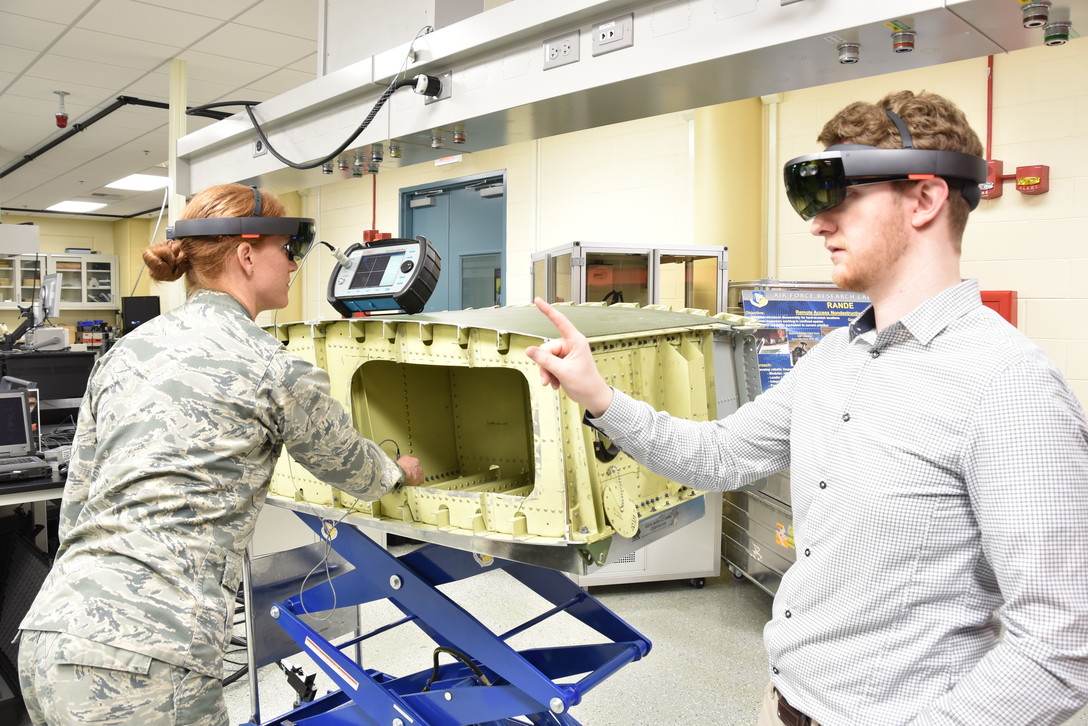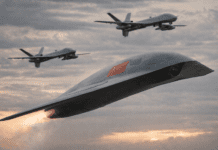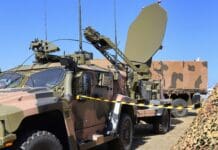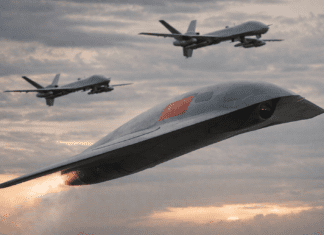This post is also available in:
 עברית (Hebrew)
עברית (Hebrew)
While performing complicated medical procedures in war zones, natural disasters and rural areas, healthcare professionals experience a plethora of challenges. In order to tackle those, researchers have now been able to incorporate Augmented Reality (AR) in order to allow experienced surgeons and physicians around the world to help less-experienced doctors during complicated medical procedures
Currently, the biggest challenge is “to provide surgical expertise into the battlefield when it is most required,” while the use of augmented reality “can help minimize the number of casualties while maximizing treatment at the point of injury”, according to project team leaders at Purdue University as reported by phys.org.
The vision is to use augmented reality tools to connect healthcare professionals in remote areas with more experienced surgeons and physicians around the world. the AR headset worn by the mentee in the field is designed to replace current telestrator technology, which uses a separate video screen and freehand sketches to provide feedback.
According to Edgar Rojas Muñoz, who worked on the project, “the current use of a telestrator in these situations is inefficient because they require the mentee to focus on a separate screen, fail to show upcoming steps and give the mentor an incomplete picture of the ongoing procedure.”
The new system features a transparent headset screen display that allows the mentee to see the patient in front of them, along with real-time on-screen feedback from the mentor. That mentor is at a separate location using a video monitor to see the AR feed and provide instant feedback to the field surgeon. It additionally uses computer vision algorithms to track and align the virtual notes and marks from the mentor with the surgical region in front of the mentee.
The U.S. Department of Defense supported the research as it looks to connect its medical professionals out in the field with specialists back at the bases who can provide critical guidance during procedures. In the next few months, the technology will be tested at a Navy base in Virginia, where mentees and mentors will experiment with a simulated battlefield.


























